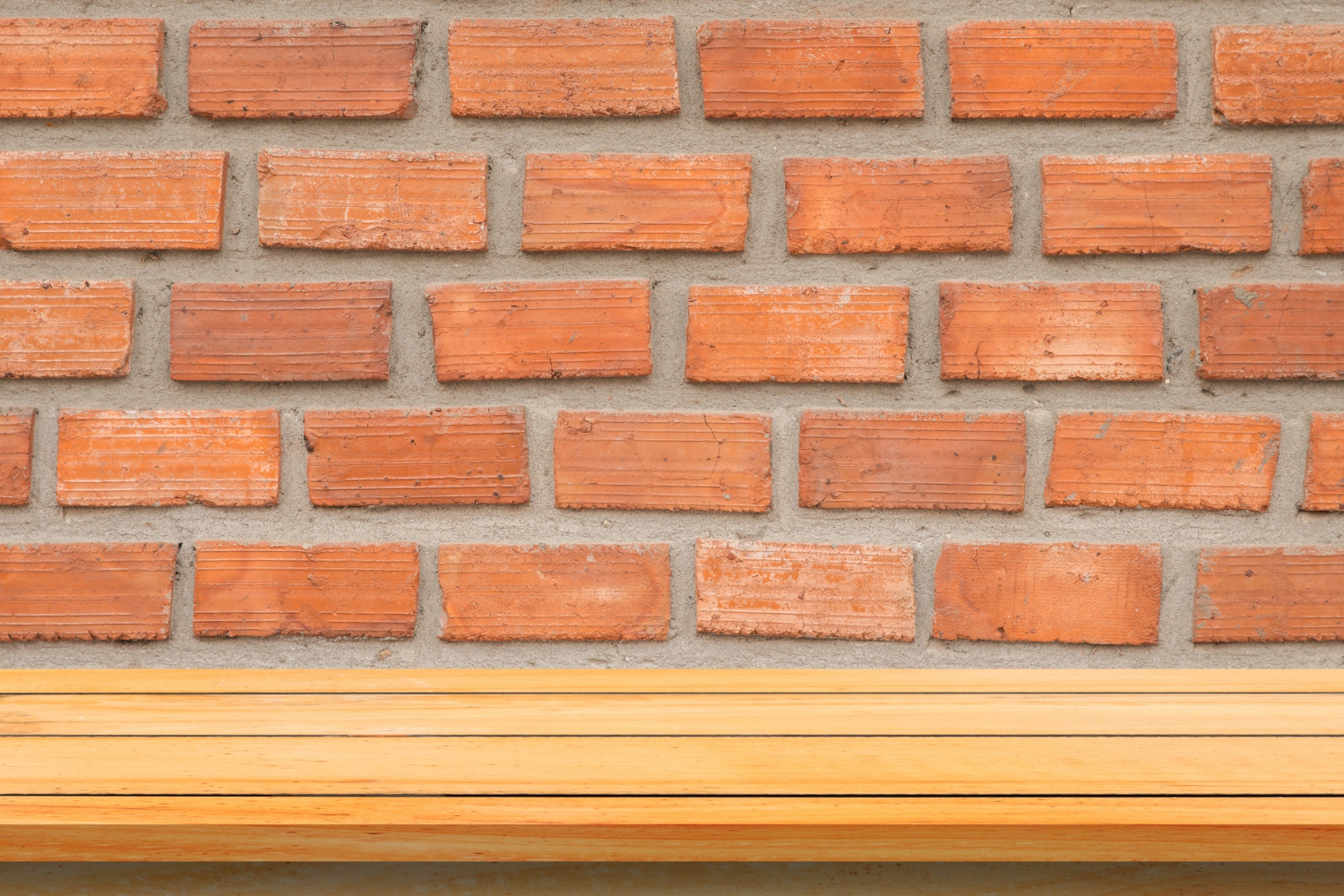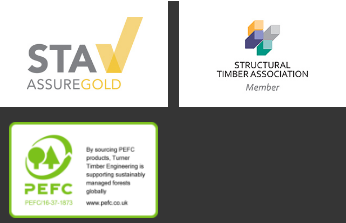If you’re planning a self-build in the UK, chances are you’re looking at one of two methods – timber frame or traditional brick and block. Both are trusted approaches that have been around for decades, and both come with their own set of pros and cons.
This guide will help you weigh up the two approaches so you can decide which one works best for your self-build, extension or renovation.

How Timber and Brick & Block Compare
When you’re planning a self-build, extension or renovation, the build method you choose will shape your whole project. Both timber frame and brick and block have their strengths, but they perform differently in areas that matter most to self-builders – speed, cost, insulation, design flexibility and sustainability.
Let’s take a closer look at how they compare in practice.
Speed of construction
For many self-builders, speed is a top priority. The quicker you can get watertight, the quicker you can move forward with trades and keep the project on track.
- Timber Frame: Because the frame is prefabricated off-site, it arrives ready to assemble. In many cases, a full structure can be up in just a few days, whatever the weather. That means you get to the watertight stage faster and can move in sooner.
- Brick and Block: This method is built layer by layer on-site, making it slower and more weather dependent. Delays are common, which can push out your move-in date.
If speed matters, timber frames have the clear advantage.
Cost considerations
Cost is always front of mind when you’re planning a build, but it’s not just about the headline figure – it’s about certainty and avoiding nasty surprises.
- Timber Frame: The upfront design and manufacture costs can look higher, but the overall process is more predictable. Faster builds also reduce labour costs on-site, helping you stay within budget.
- Brick and Block: The materials themselves can be cheaper, but the longer build time means more labour costs and more risk of delays.
Both methods can be cost-effective, but timber frames give you greater cost certainty.
Insulation and energy performance
How well your home keeps in heat will affect your comfort and your bills for decades.
- Timber Frame: Timber frame homes are known for excellent thermal efficiency. Precision-engineered wall systems deliver great insulation and air tightness, helping you save on energy costs.
- Brick and Block: These builds are solid and durable, but usually need extra insulation layers or very wide cavities to reach the same performance as timber.
If low running costs and comfort are priorities, timber frame leads the way.
Design flexibility
Every self-build is unique, so flexibility matters.
- Timber Frame: This method suits open-plan layouts, large spans and modern home designs. It’s easier to achieve bold spaces without loads of internal walls.
- Brick and Block: A familiar choice in the UK, brick and block works well for traditional designs and has strong appeal with buyers who like classic homes.
Timber frame gives you more design freedom, while brick offers familiarity for resale. But remember, many timber frame homes are finished with external brick slips or cladding to achieve the look of a traditional brick house.
Sustainability and environmental impact
If you care about the footprint of your build, the materials you choose make a difference.
- Timber Frame: Timber is renewable, and when it’s sourced from PEFC-certified forests, it’s a sustainable choice. Timber frames also need lighter foundations, which reduces embodied carbon.
- Brick and Block: Blocks and concrete are energy intensive to make and transport. They’re also heavier, which means more substantial foundations are needed.
Timber frame is the more sustainable option.
Extensions and renovations
But what if you’re not building from scratch?
- Timber Frame: Quick to install, less disruptive for your household and easier to meet modern insulation standards.
- Brick and Block: Matches existing homes seamlessly on the outside, but slower and messier to build.
For speed and performance, timber frame is the better choice. For a perfect visual match, brick may be preferred.
Making The Right Choice for Your Project
So which method is right for you? Here’s a quick comparison:
| Factor | Timber Frame | Brick and Block |
| Speed | Fast, predictable | Slow, weather dependent |
| Cost | Higher upfront design, but more certainty overall | Lower materials cost, higher labour and risk of overruns |
| Insulation | Excellent thermal efficiency | Needs extra layers to compete |
| Flexibility | Great for open-plan and modern designs | Familiar for traditional layouts |
| Sustainability | Renewable, lower embodied carbon | High energy use in production |
At the end of the day, the right choice depends on your priorities. If speed, energy performance and sustainability are top of your list, timber frame is the smart choice.
Thinking about a timber frame for your project? Get in touch with the Turner Timber team and we’ll guide you through your options.


